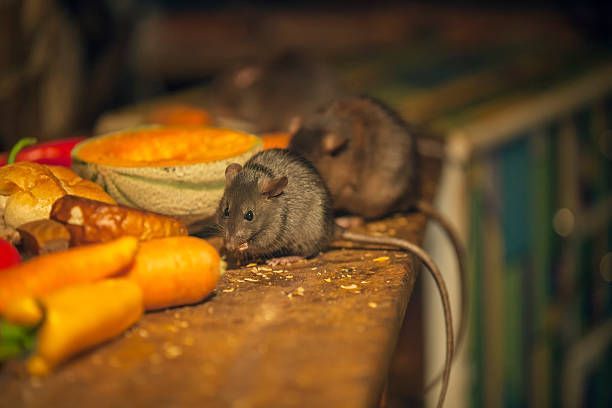
Why Rats Enter Homes
The Rodent Pros Offer rodent trapping, rodent removal, rodent exclusion, rodent sanitation and rodent remediation services to all cities within a 50 miles radius of Tampa Florida.
To Call and schedule a free inspection click here
Rats infest homes primarily in search of food, water, and shelter. Homes provide an abundant and consistent food supply, from pantry items and pet food to food scraps and garbage. Rats are opportunistic feeders and can consume a wide range of food types, making human homes particularly attractive. The availability of food not only sustains them but also supports rapid breeding, leading to larger infestations if the food sources are not controlled.
Another key reason rats infest homes is the need for a safe and warm environment. Homes offer numerous hidden spaces, such as attics, basements, walls, and crawl spaces, where rats can nest undisturbed. These areas provide protection from predators and harsh weather conditions. Additionally, the insulation and materials found in homes are ideal for nesting, offering warmth and comfort for raising their young. The structural features of homes, including gaps, cracks, and holes, make it easy for rats to enter and move around, further enhancing the appeal of residential buildings as nesting sites.
Finally, rats are highly adaptable and resourceful creatures capable of exploiting the smallest entry points to gain access to homes. They can squeeze through gaps as small as a quarter of an inch and are excellent climbers and swimmers, enabling them to infiltrate homes through various means such as sewer lines, vents, and gaps around doors and windows. Once inside, their ability to navigate and exploit the structure of the building makes it difficult to detect and remove them. This adaptability, combined with the availability of food, water, and shelter, makes homes an ideal environment for rat infestations. Effective prevention requires comprehensive measures, including sealing entry points, maintaining cleanliness, and managing food waste to reduce the factors that attract rats in the first place.
600 Cleveland Street
suite 374

